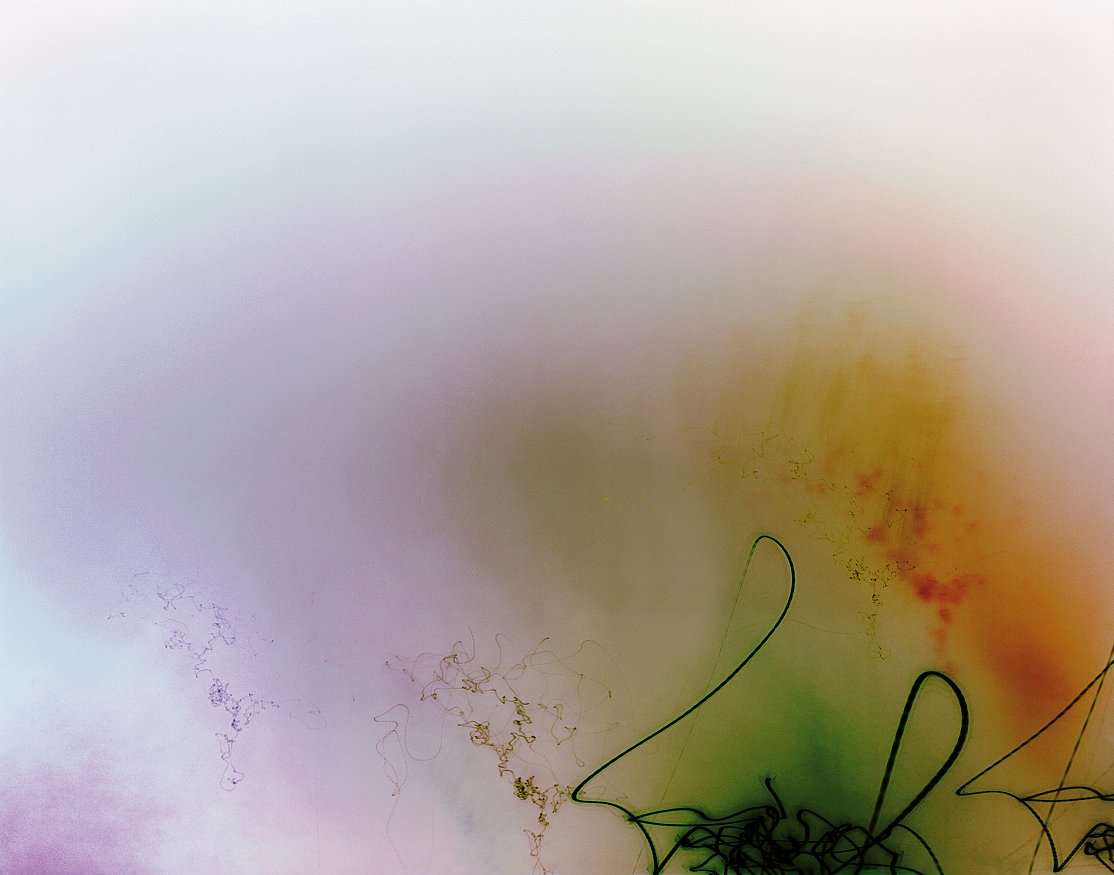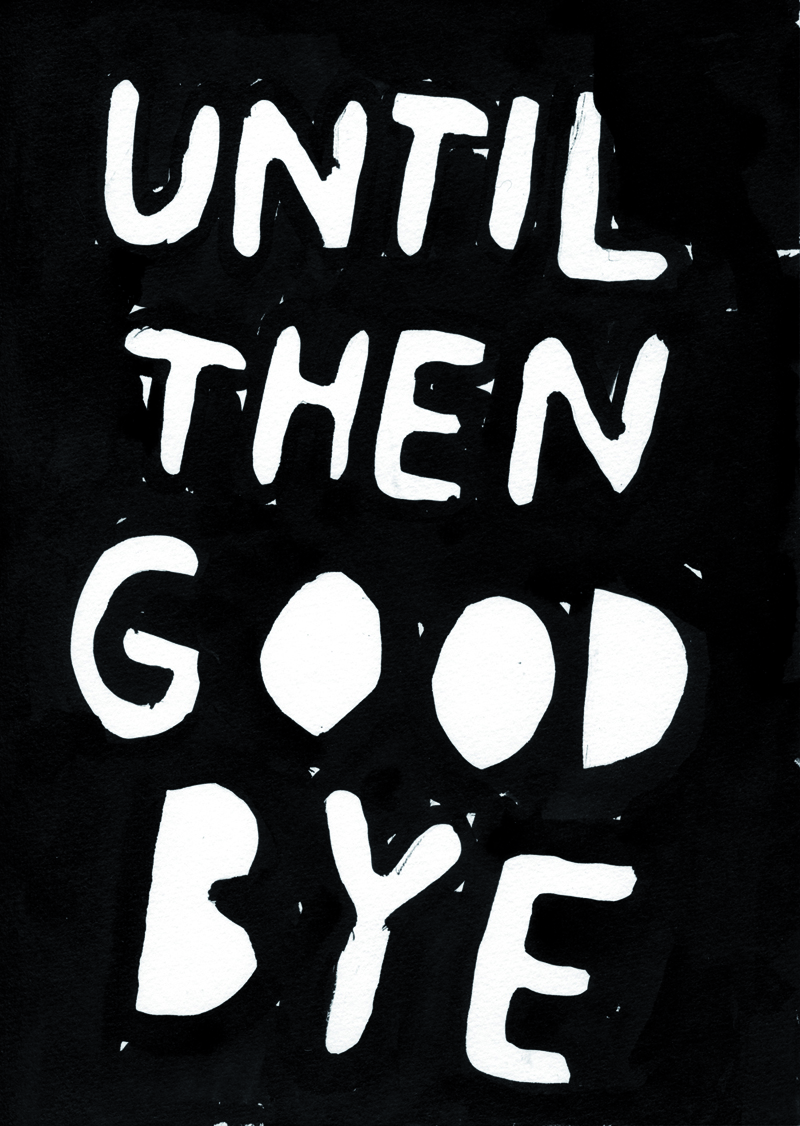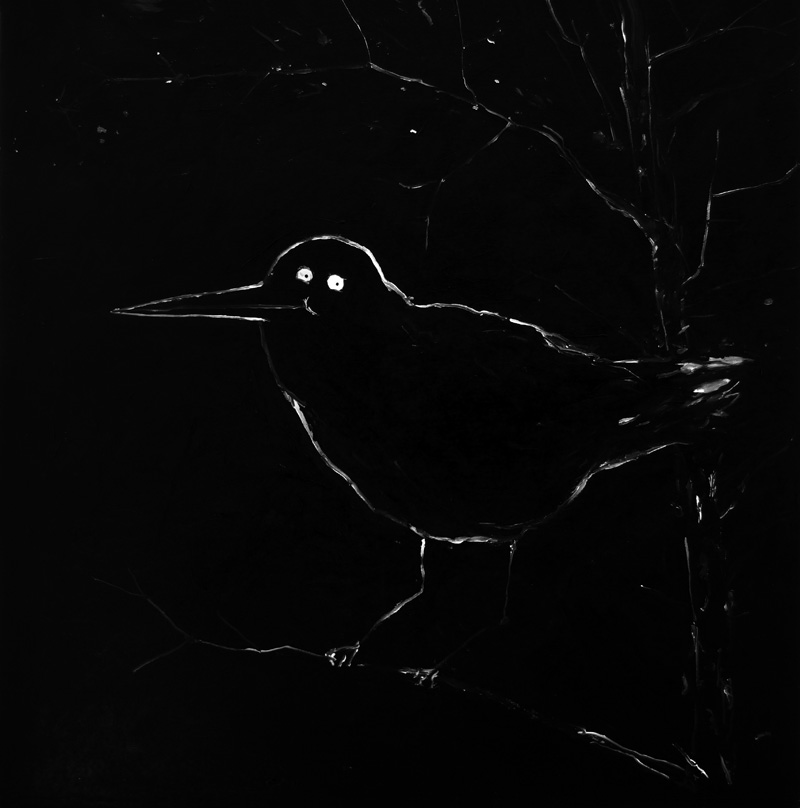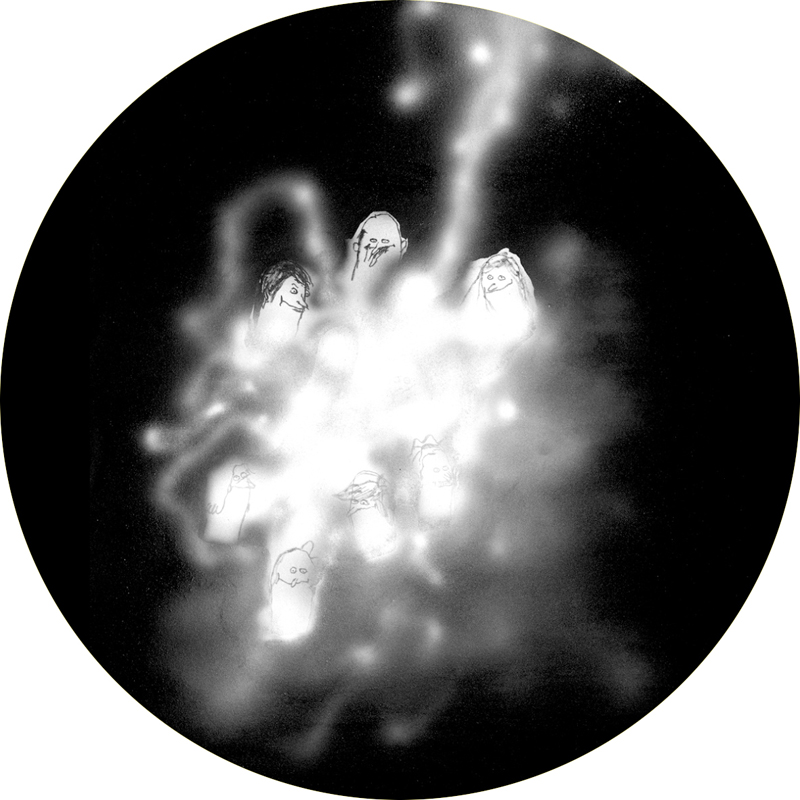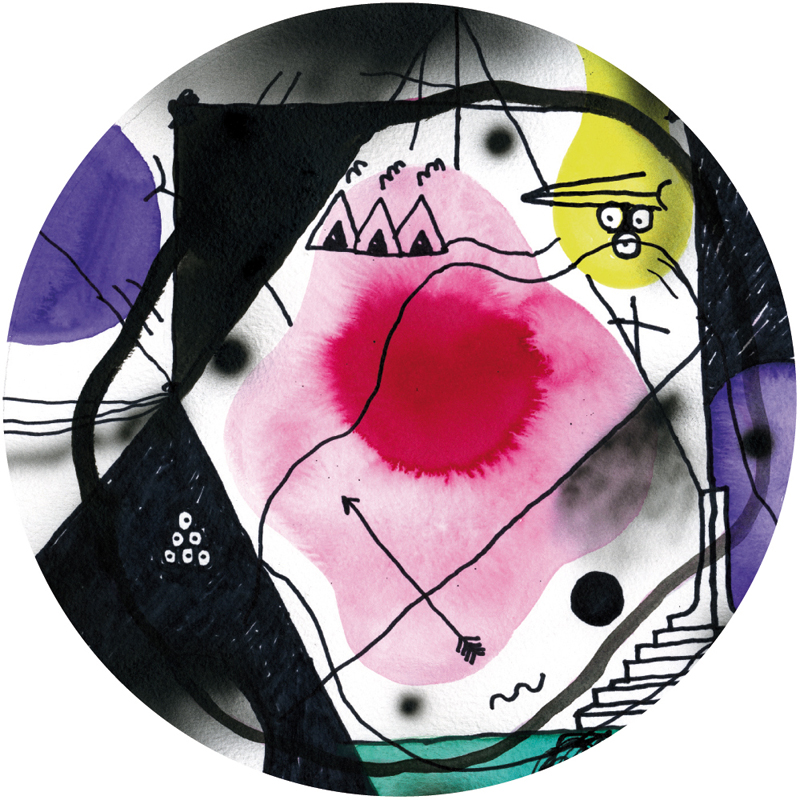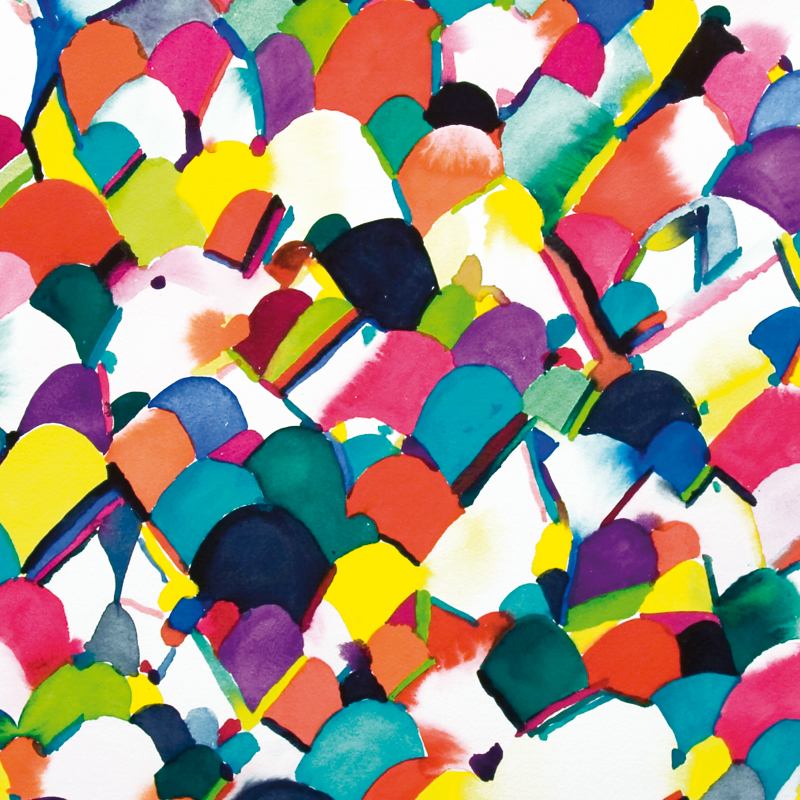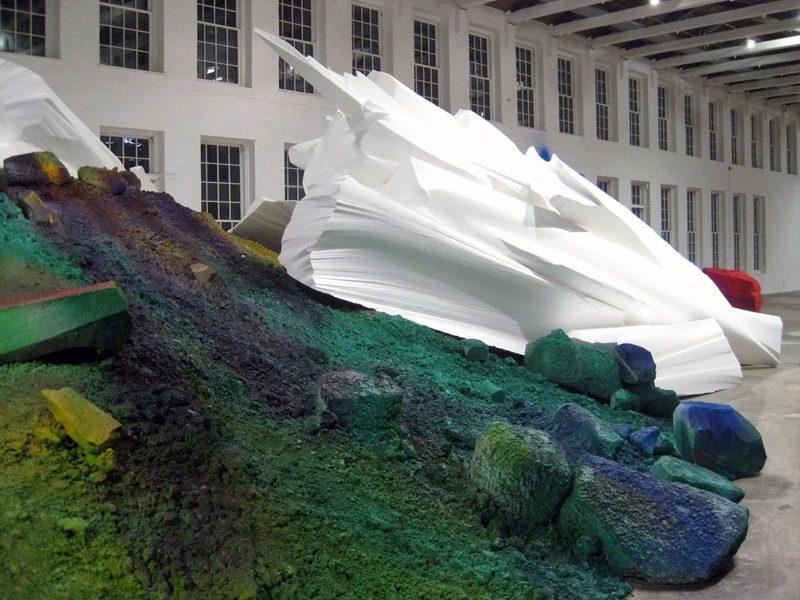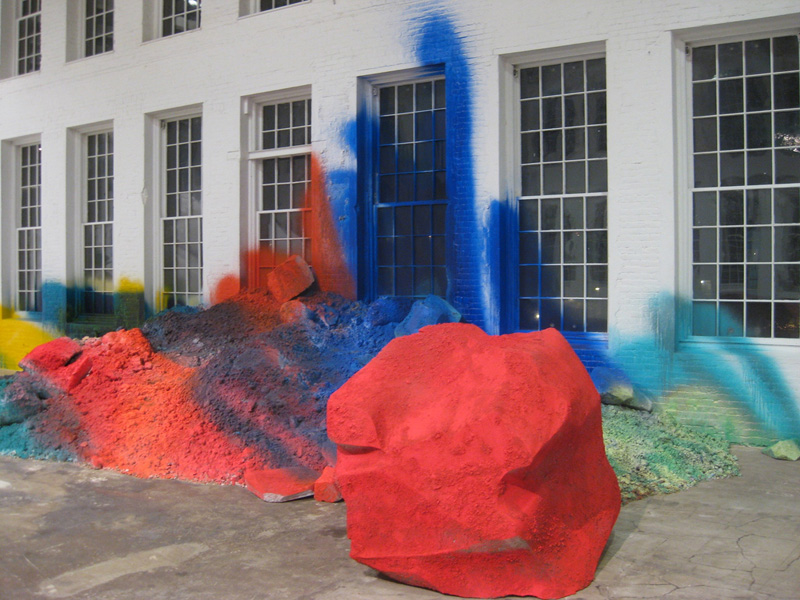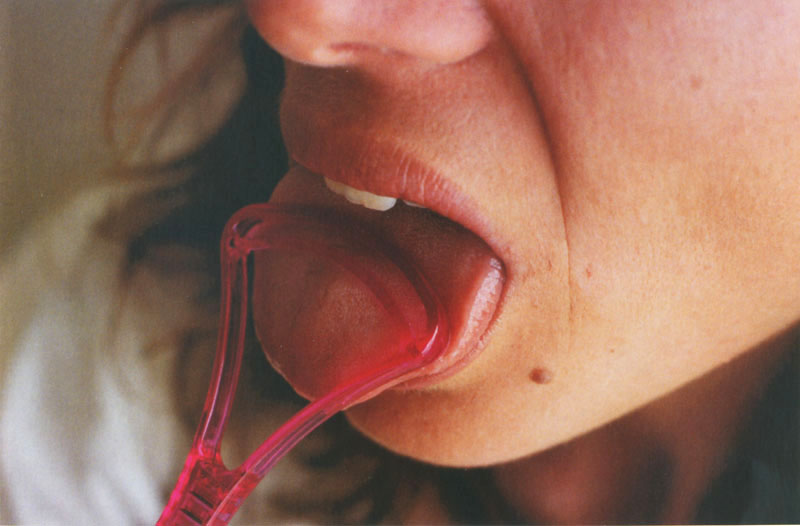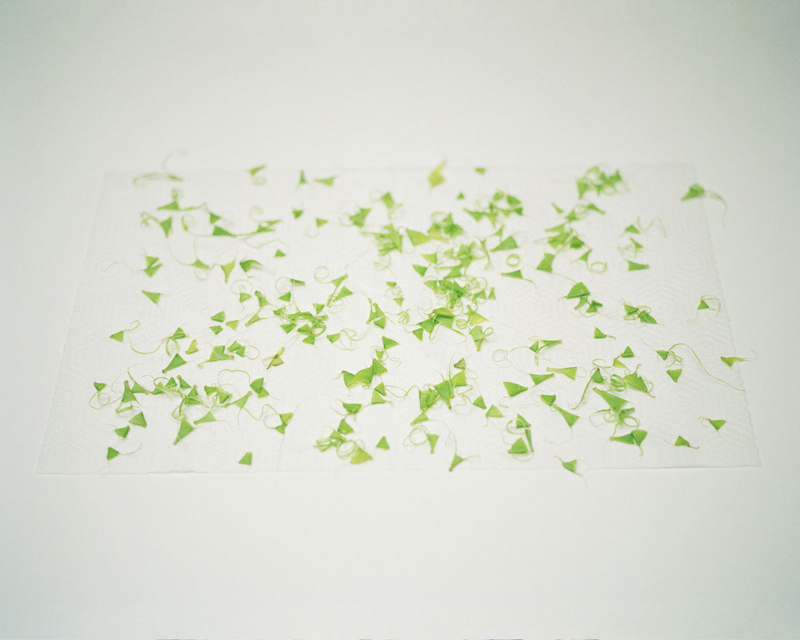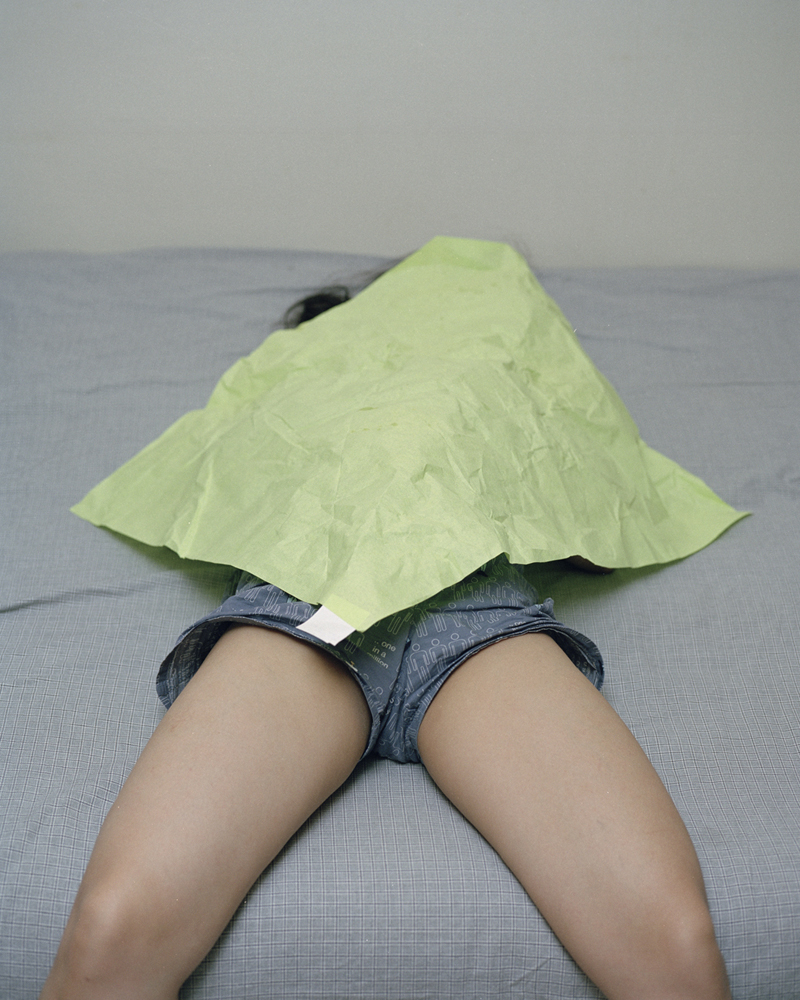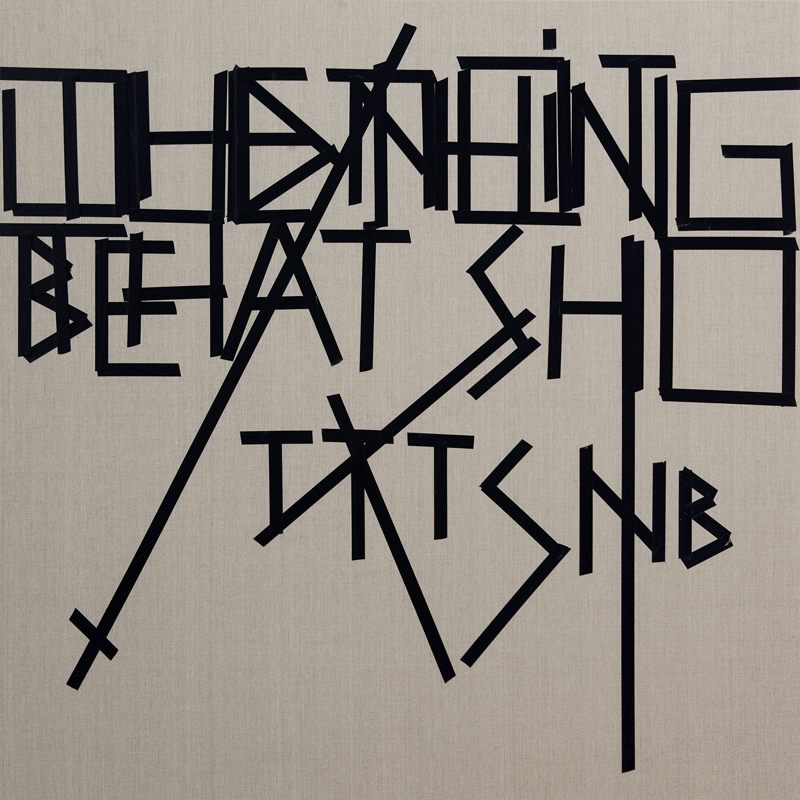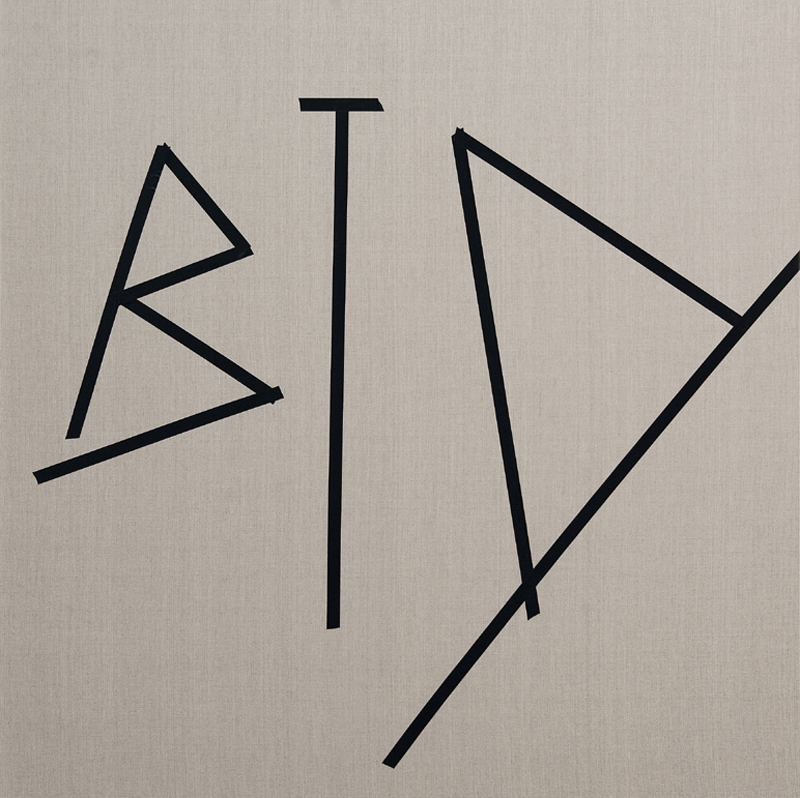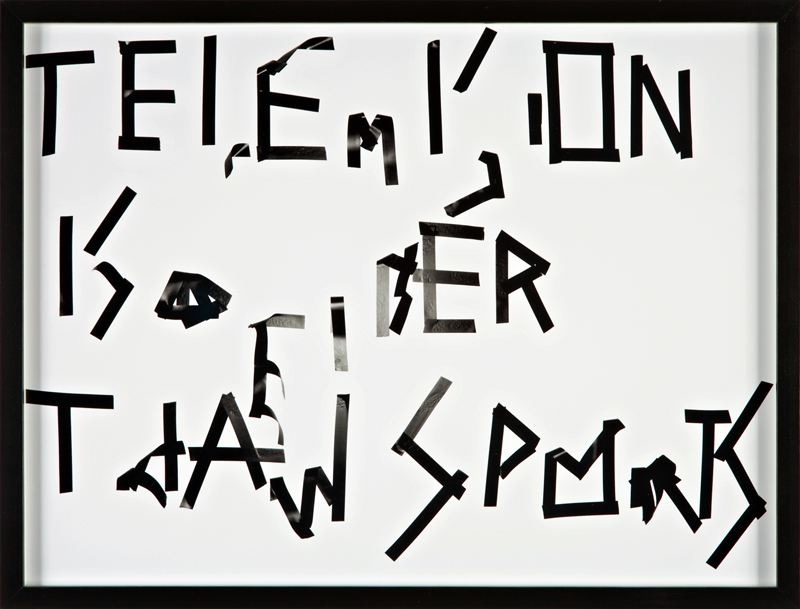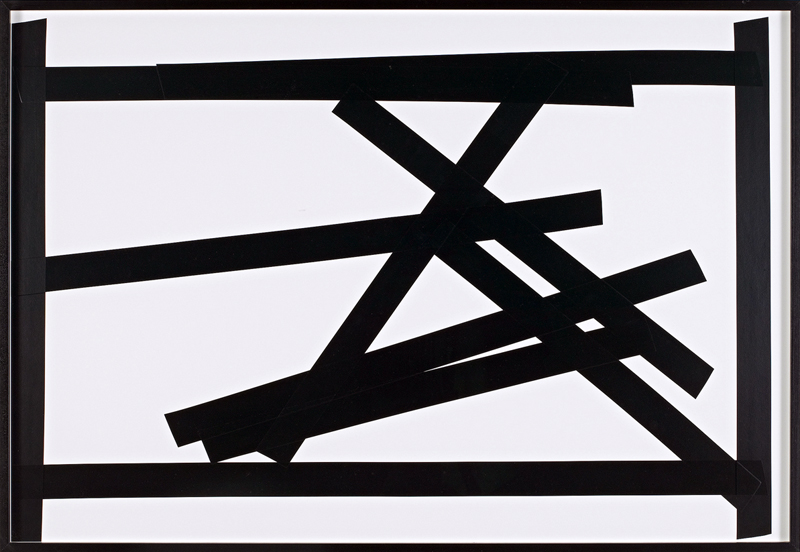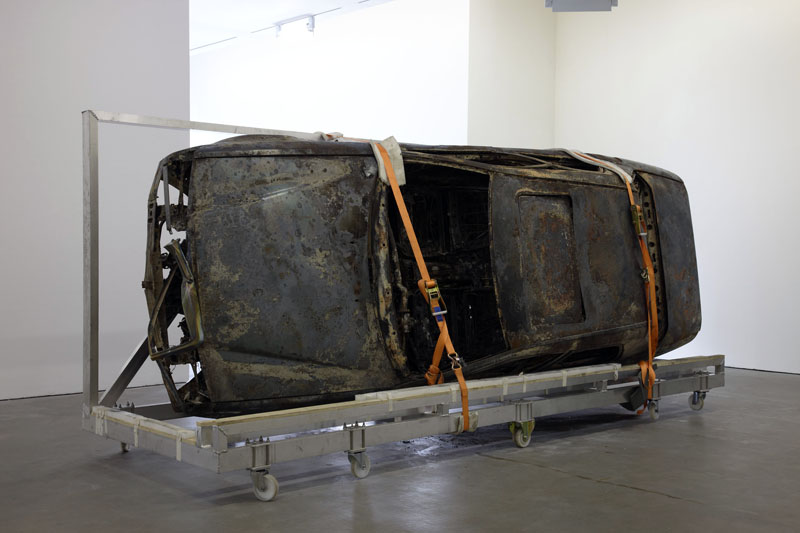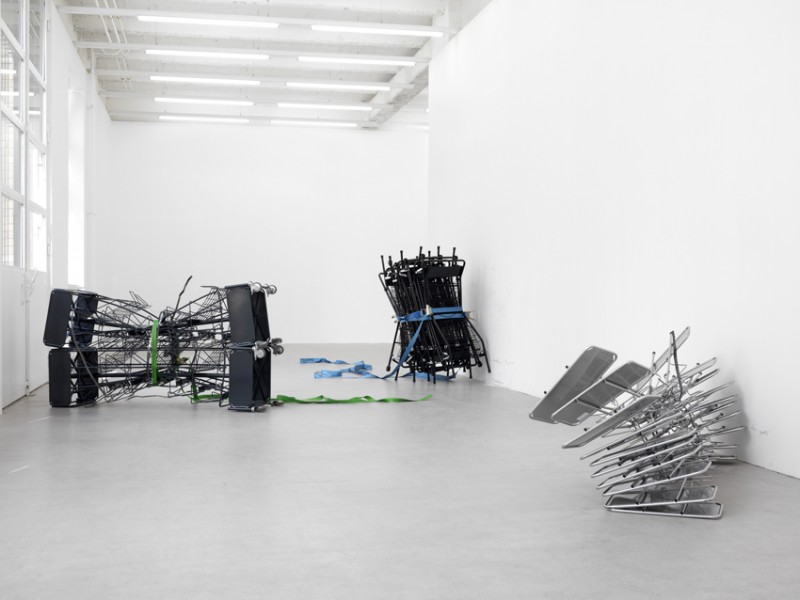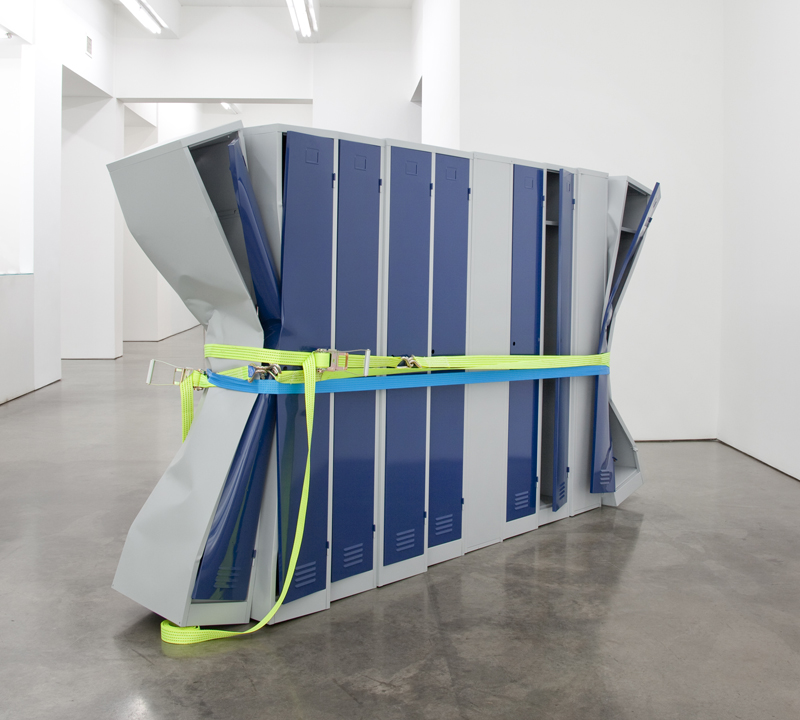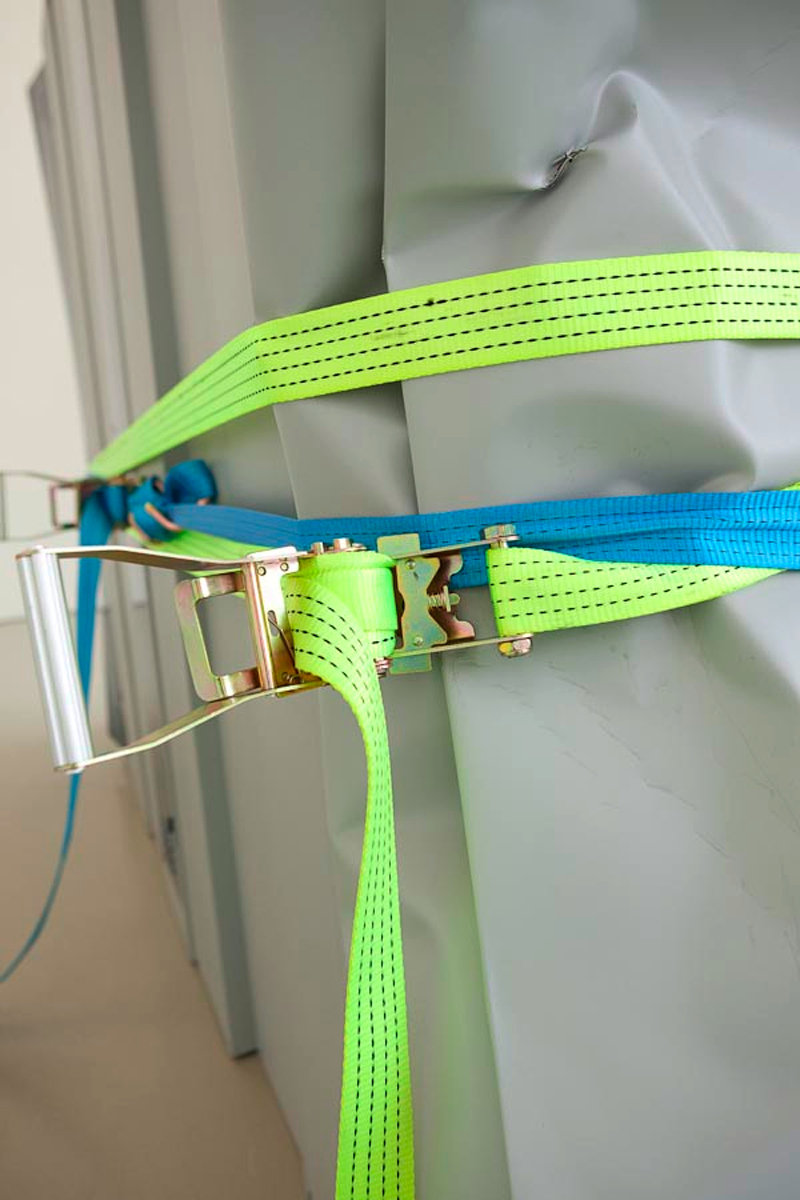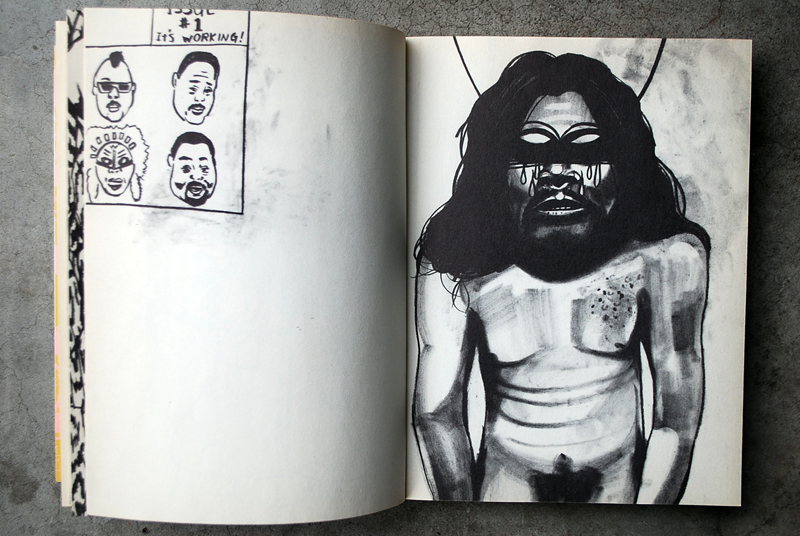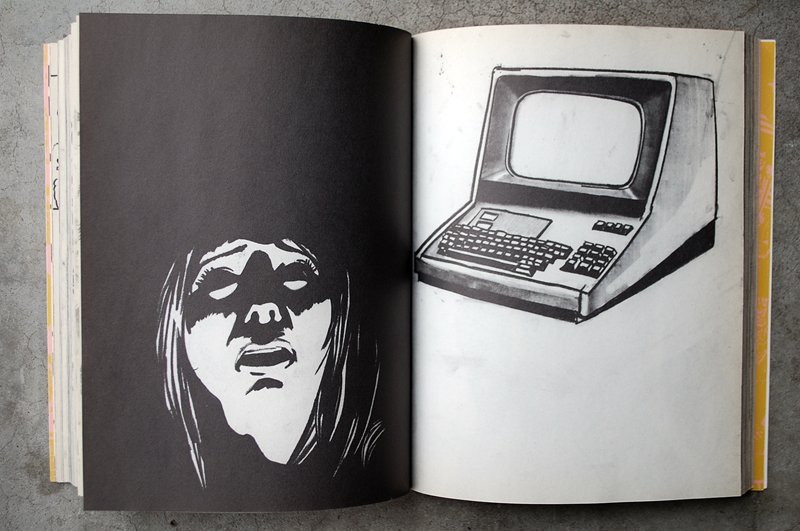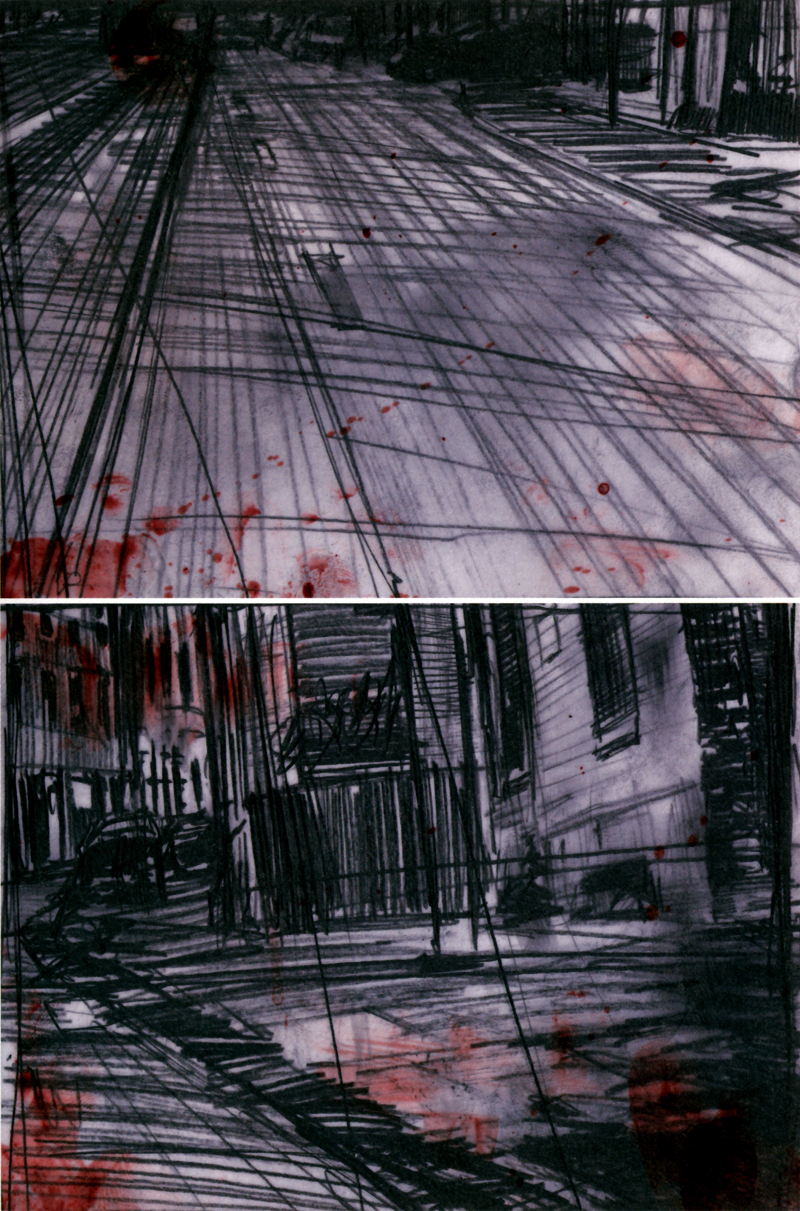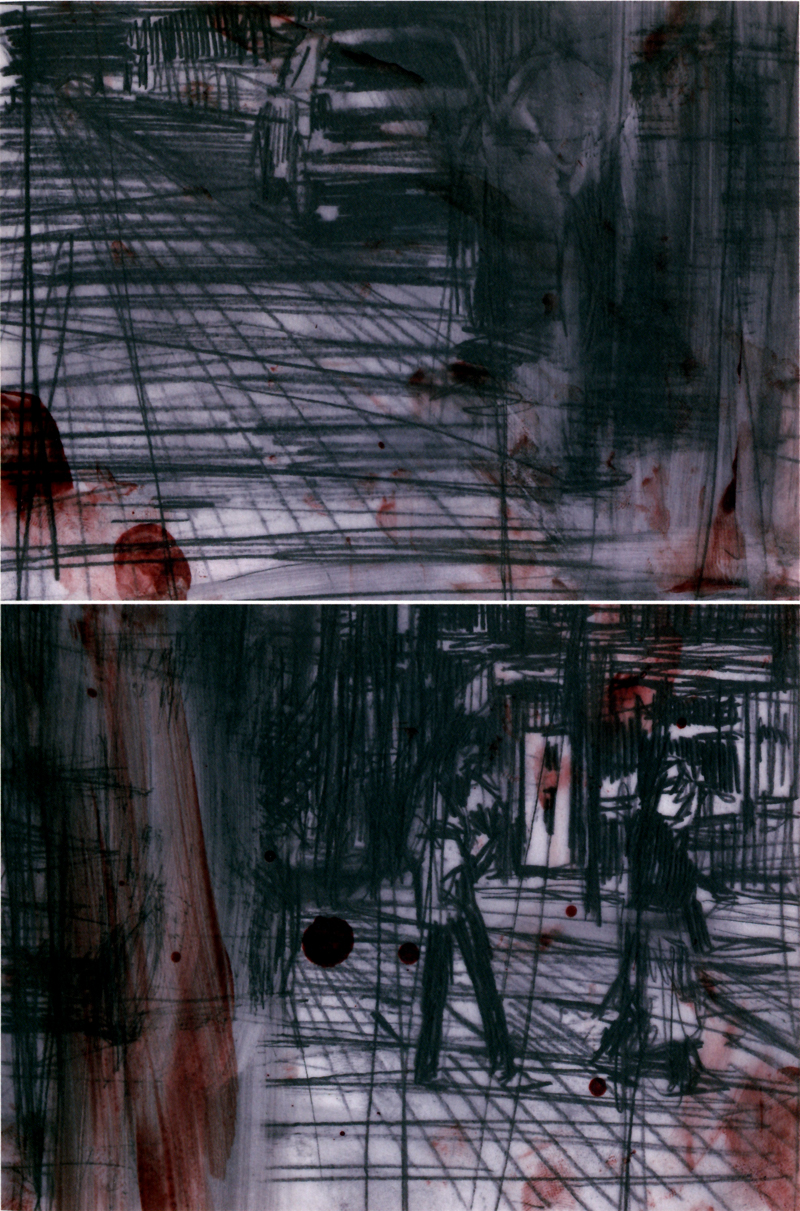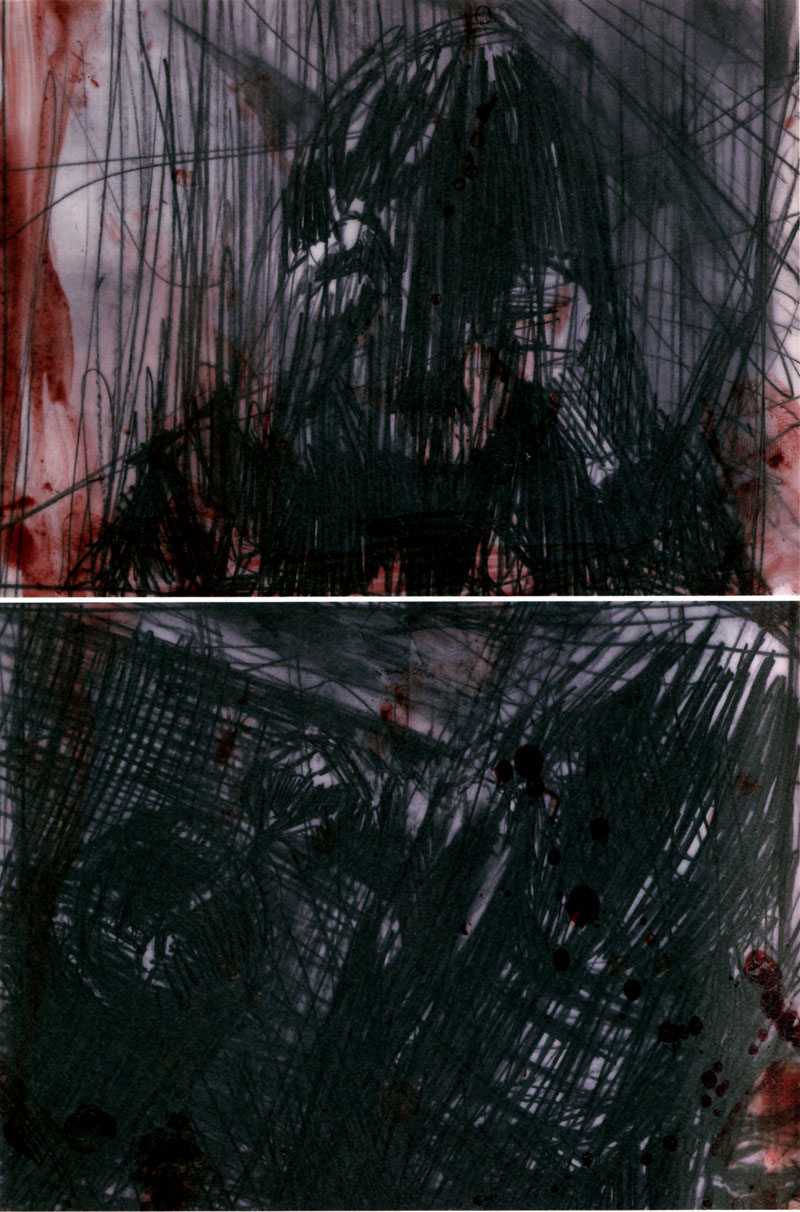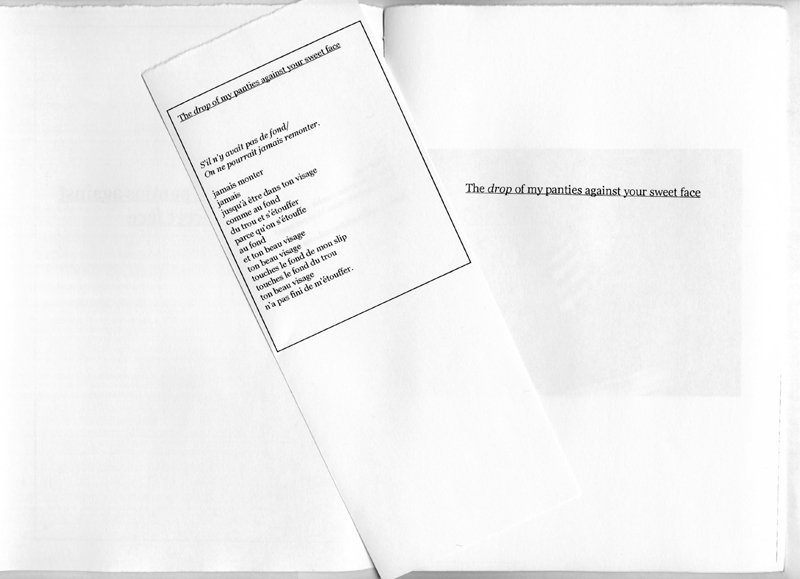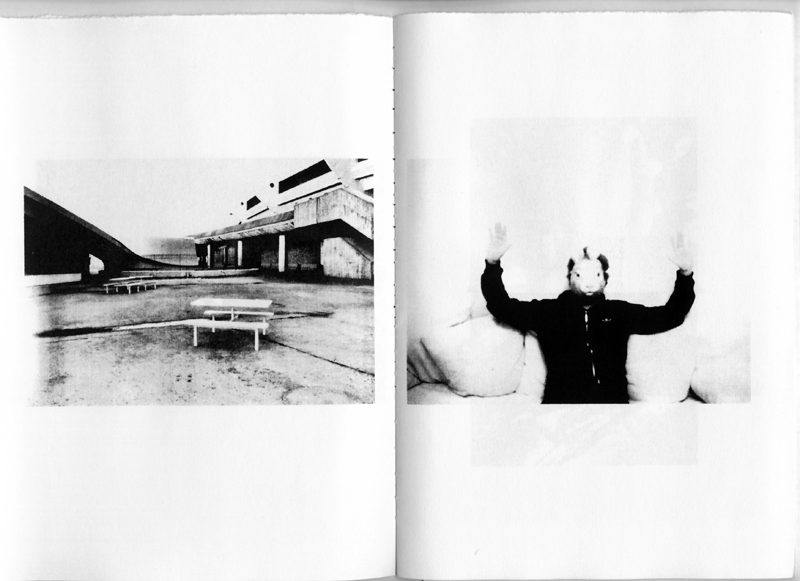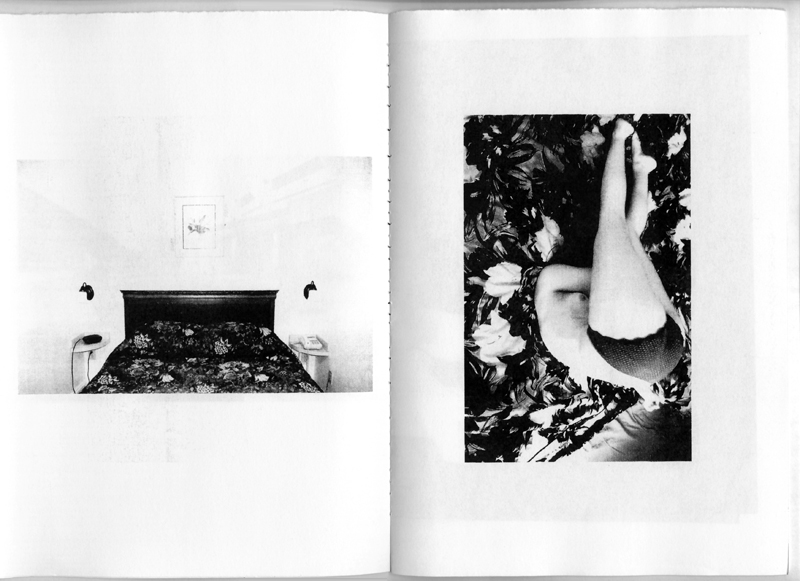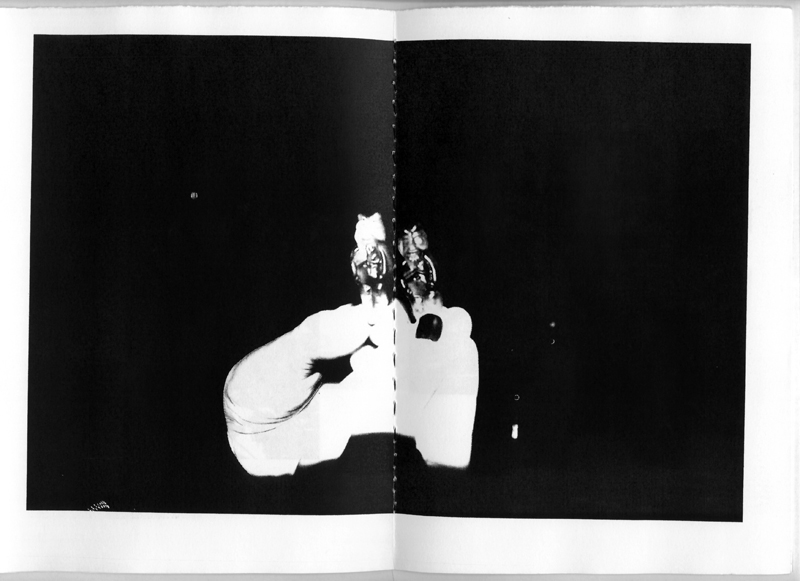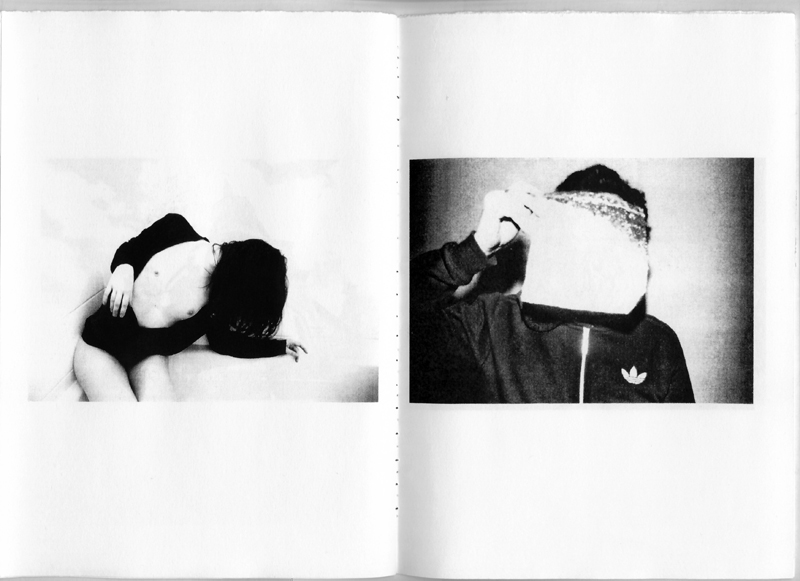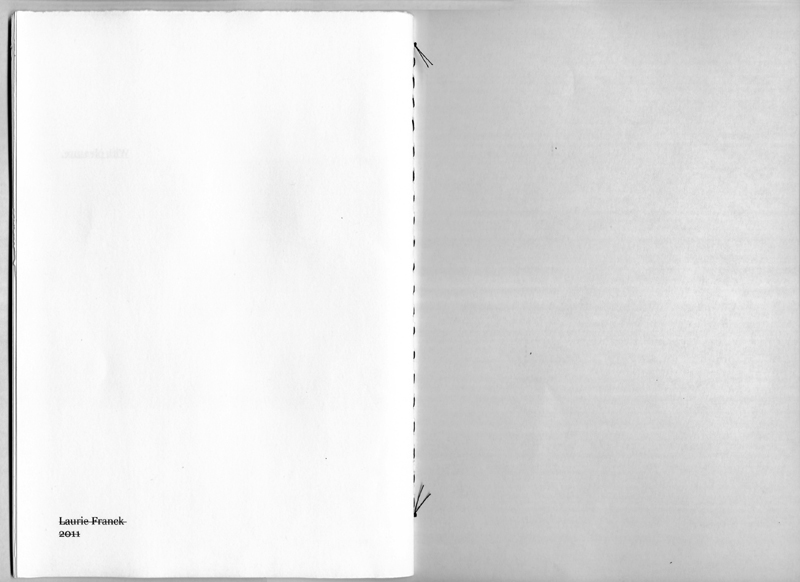Nanna Hänninen
The New Landscape, New Graffiti #2 (Churchyard)
158 x 200 cm. 2005. c-print on diasec
–
NANNA HÄNNINEN belongs to the to the young pioneering generation of Finnish art photographers called the “Helsinki School” and has gained critical acclaim for re-thinking her medium of photography. Her works which are highly abstract photographs with semi-translucent backgrounds and sketchy undulating movements, simplified and crystallized tread a thin line between the visible and invisible.
The New Landscapes are taken from famous metropolises or buildings, factories, cemeteries, airports – mostly strategically important places involving a mixture of lights in the scenery and a long exposure so that they become almost like short movies. These urban landscapes are basically drawings of my body movements that can be seen on photographic material as rhythmical light lines where the subject and the scenery melt into a single image. The subject is still strongly presented, whereas the object – the scenery- is estranged and thus becomes easier to deal with– also safer than the actual place.
NANNA HÄNNINEN documents with seismographic precision, the interplay between the movements of the real world before her eyes and her own world, her movements, her breathing and laughter, her hesitation. Her personal perception of the exterior, architectural and metropolitan world, goes together with a fluctuation between abstraction and realism, in a continuous research on the pureness of the photographic surface.
